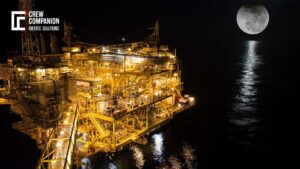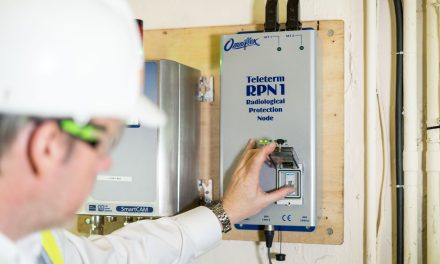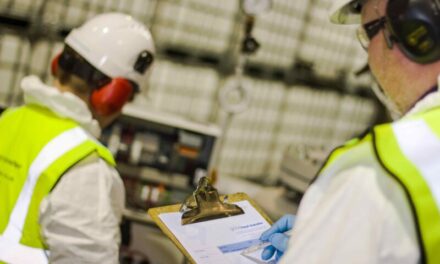 The outlook for the offshore industry, especially FPSOs, is bright. 2022-28 forecasts indicate large investments into new offshore installations, totalling more than $400 billion. Despite remaining high prices for crude oil, profits are threatened by supply chain disruptions, rising operational costs and a less experienced workforce. The shrinking margins will add investment risks to projects, especially with regions with higher labour and regulative costs.
The outlook for the offshore industry, especially FPSOs, is bright. 2022-28 forecasts indicate large investments into new offshore installations, totalling more than $400 billion. Despite remaining high prices for crude oil, profits are threatened by supply chain disruptions, rising operational costs and a less experienced workforce. The shrinking margins will add investment risks to projects, especially with regions with higher labour and regulative costs.
As the demand for FPSO units and crew increases, the experienced workforce gets harder to find. Competing labour markets (e.g. offshore wind energy), the image of being a “dirty” industry and open questions about a life-long career in this sector pull people away from offshore Oil & Gas. The workforce is the main capital but also the future of the FPSO industry. To improve working and living conditions is a must to stay attractive for talented people.
Achieving production targets will be only possible when achieving safety targets. Typically, such safety targets include reducing the number of accidents and injuries, improving emergency response times, increasing employee training on safety procedures, and implementing new technologies to improve safety.
In Oil & gas, most engineers and geoscientists are either over 55 or under 35. That said, most of the older employees will be retiring in the next 5 -10 years. With them goes invaluable know-how: real world experience can’t be learned in school or watching a Youtube video.
Practical experience in the field is what makes a veteran and to be capable to make decisions, taking into account all the factors, risk, investment, and geologic aspects. Directly and indirectly, this has implications on rig safety too. Bad decisions will lead to incidents, and decisions are made based on individual experience and available information.
The costs of accidents and incidents at offshore oil and gas installations can be high. They include direct costs such as property damage and clean-up costs and indirect costs such as lost production and regulatory penalties. In addition, accidents and incidents can negatively impact public opinion, reducing investment and increasing scrutiny from regulators.
Proactive safety measures in offshore HSE can help to reduce the costs of accidents and incidents. These measures can include implementing safety management systems, using new technologies to improve monitoring and communication, and providing training for workers on how to work in an offshore environment safely.
There are three levels of safety-related aspects on offshore rigs:
· Safety culture
· Safety training
· Safety equipment
Oil and gas companies operating in the offshore environment must implement comprehensive safety programs that address all potential hazards to ensure the safety of workers and equipment. A vital component of an effective safety program is the understanding that the safety and productivity of an offshore oil rig are interdependent.
To learn more, download our latest whitepaper about oil rig safety. Or dive into our deep online section about emergency response management.



